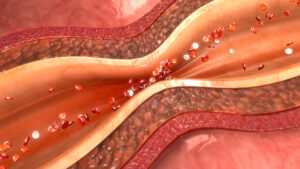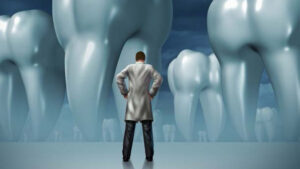Description
The American Association of Orthodontists (AAO) estimates that 27% of patients receiving orthodontic treatment in the US and Canada are adults, and therefore may be more likely to present with periodontal diseases and conditions. In fact, it is estimated that the prevalence of periodontitis is 42% in adults >30 years of age, and approximately 50% of adults have at least one site with >1 mm of gingival recession. It is therefore critical to understand the rationale and proper sequencing for periodontal and orthodontic care for common clinical presentations, including periodontitis, thin periodontal phenotype/gingival recession, and esthetically compromised hopeless teeth. After active disease and inflammation are well controlled, integration of periodontal and orthodontic treatment can be used to allow for optimal outcomes based upon the directionality of orthodontic forces, the bony and soft tissue morphology, and the need for esthetic improvements at the sites of hopeless teeth. In these complex cases, a staged, interdisciplinary approach can most adequately treat patients to achieve optimal esthetics, function, and oral health. This course will elucidate the decision-making process and sequencing for periodontal and orthodontic treatment in patients with both malocclusion and periodontal diseases/conditions.
Educational objectives
Upon completion of this course, the dental professional should be able to:
Critically assess the effects of periodontal inflammation on orthodontic tooth movement and the implications for orthodontic treatment in individuals with periodontitis.
Discuss the optimal sequencing for nonsurgical and surgical periodontal care in individuals undergoing orthodontic tooth movement.
Evaluate the impact of periodontal phenotype alteration and/or gingival recession treatment for individuals undergoing orthodontic tooth movement.
Understand the advantages and disadvantages of orthodontic tooth extrusion for implant site preparation at hopeless teeth with esthetic compromise.
About the Author
Mia L. Geisinger, DDS, MS, is a professor and director of advanced education in periodontology at the University of Alabama at Birmingham (UAB). Dr. Geisinger received her BS in biology from Duke University, her DDS from Columbia University School of Dental Medicine, and her MS and certificate in periodontology and implantology from the University of Texas Health Science Center at San Antonio. Dr. Geisinger is a diplomate in the American Board of Periodontology. She has served as the president of the American Academy of Periodontology Foundation (AAPF), as the chair of the American Dental Association’s Council on Scientific Affairs, and on multiple national and regional organized dentistry committees. She currently serves as the vice president of the AAP and on the Board of Directors for the ADA Science & Research Institute. She has authored over 60 peer-reviewed publications, and she lectures nationally and internationally on topics in periodontology and oral health care.
Quick Access Code: 22127
Photo 103015452 / Care © Anatoliygleb | Dreamstime.com





